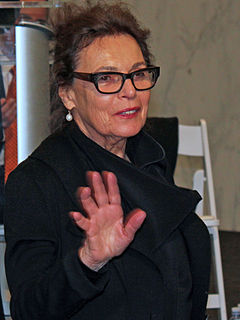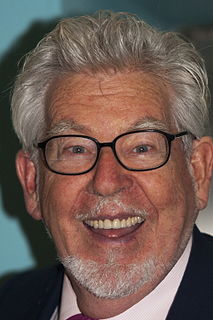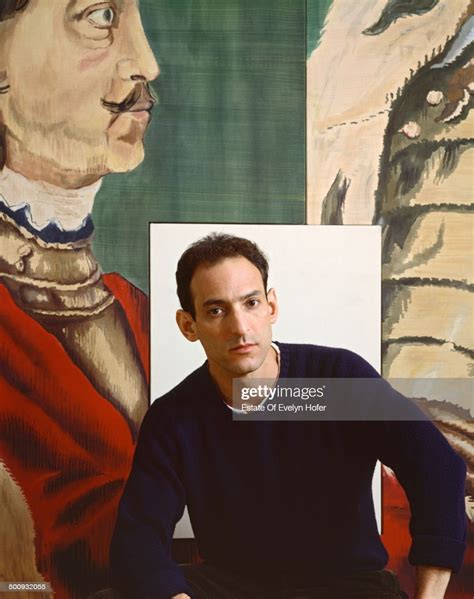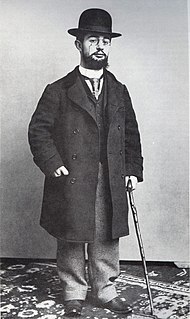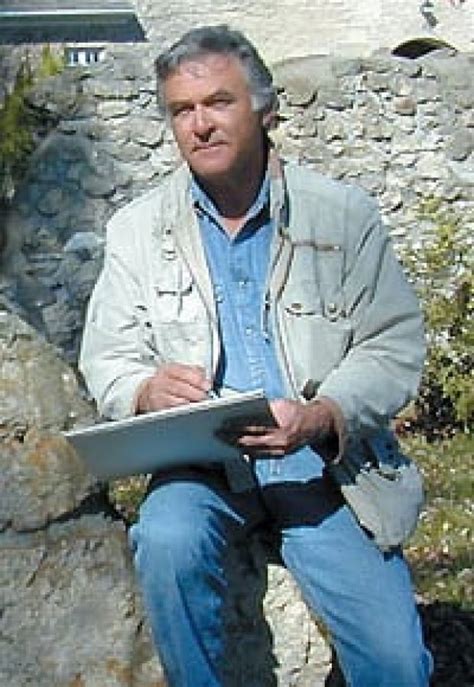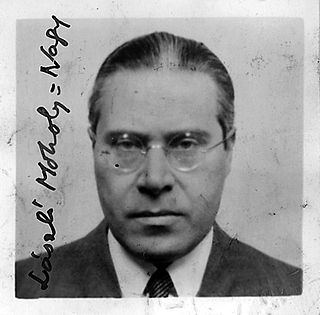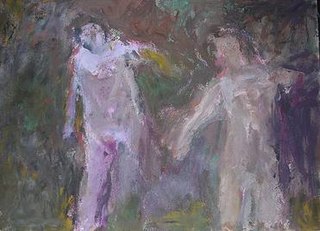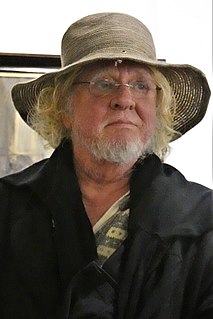A Quote by Pat Steir
Painting is an object, but it's also a voice. I don't see them as objects; I see them as voices.
Related Quotes
You have bits of canvas that are unpainted and you have these thick stretcher bars. So you see that a painting is an object; that it's not a window into something - you're not looking at a landscape, you're not looking at a portrait, but you're looking at a painting. It's basically: A painting is a painting is a painting. And it's what Frank Stella said famously: What you see is what you see.
Children should be encouraged to search out in nature the objects that illustrate Bible teachings, and to trace in the Bible the similitudes drawn from nature. They should search out, both in nature and in Holy Writ, every object representing Christ, and those also that He employed in illustrating truth. Thus may they learn to see Him in tree and vine, in lily and rose, in sun and star. They may learn to hear His voice in the song of birds, in the sighing of the trees, in the rolling thunder, and in the music of the sea. And every object in nature will repeat to them His precious lessons.
Of course, pictures of objects also have this transcendental side to them. Every object, being part of an ultimately incomprehensible world, also embodies that world; when represented in a picture, the object conveys this mystery all the more powerfully, the less of a 'function' the picture has. Hence, for instance, the growing fascination of many beautiful old portraits.
I like poor materials. I couldn't see myself making a bronze sculpture - it's not me. I like neon, because it's moving constantly and like drawing. The chemicals going through the neon turns me on really - it's sexy. I like fabrics, but one of the main things with objects is that I really have to love them before I can use them. I have to have the object around me a long time. The little chairs I used in my last White Cube show are ones that my dad bought for me. A sort of a psychometry with objects and things. It's like the pieces I've made are my things.
I'd like them to see that those things that set us apart or make us different can be wonderful contributions to the world around us. I'd like them to see that size and color are irrelevant to the dreams we envision for ourselves. And I'd also love for them to see that life is a journey, and every step of the way, we can learn something and become stronger and wiser.
People can see you on TV sloshing paint around with big four-inch brushes, and I learned to talk to camera in a friendly voice, not talking down to people, just explaining what I was doing. People like Picasso, Van Gogh, and Rembrandt did not have a weekly TV programme where people could see them painting.
